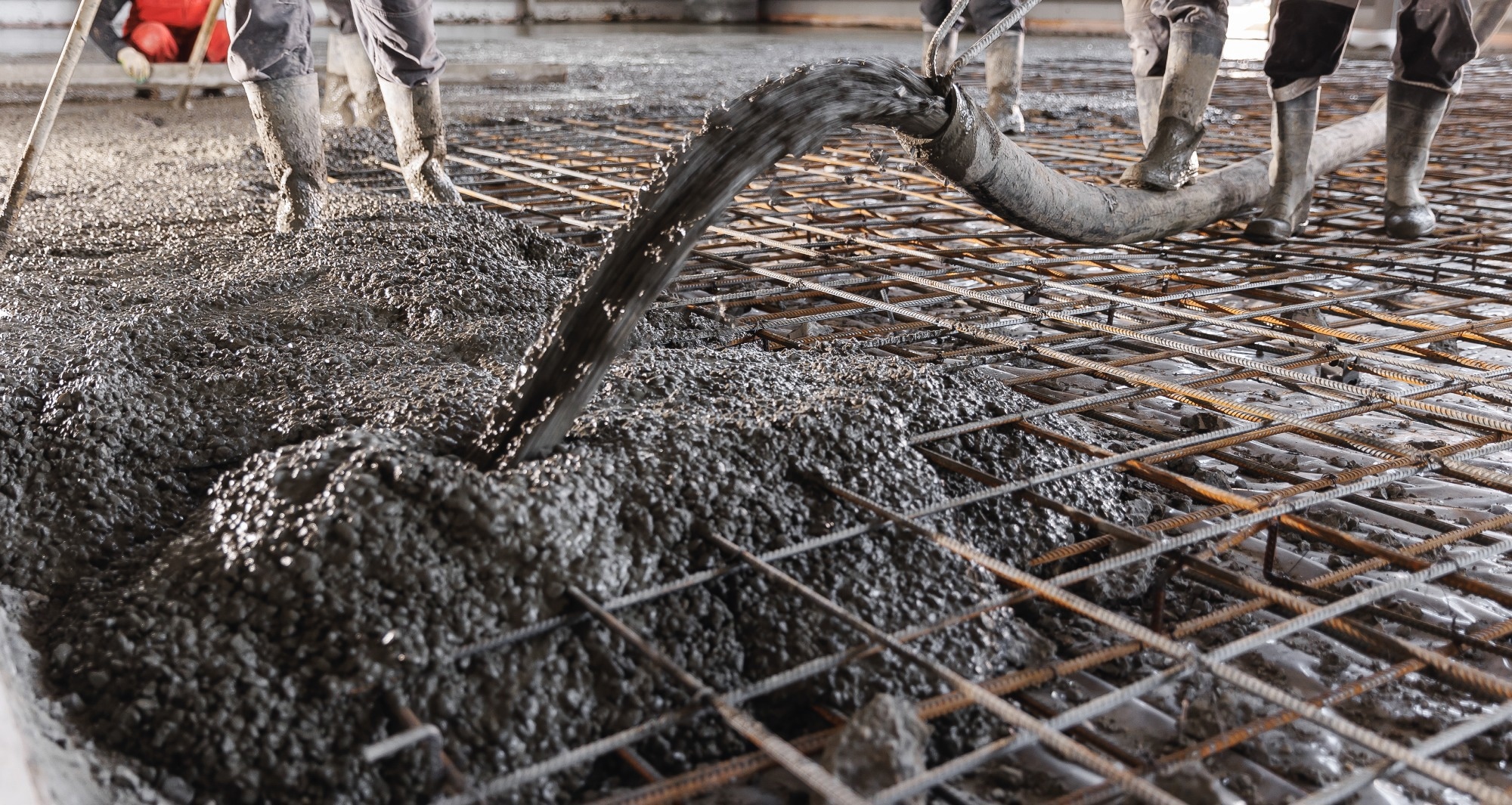Researchers have developed a real-time system that uses AI and embedded sensors to accurately predict the early compressive strength of concrete, offering a faster, more reliable alternative to traditional lab testing.
 Study: Real-time prediction of early concrete compressive strength using AI and hydration monitoring. Image Credit: Parilov/Shutterstock.com
Study: Real-time prediction of early concrete compressive strength using AI and hydration monitoring. Image Credit: Parilov/Shutterstock.com
Background
Reinforced concrete remains central to modern construction because of its strength, durability, and versatility. Among its performance measures, compressive strength is one of the most critical - it directly reflects how much load a structure can bear and how well it holds up over time.
Historically, this strength has been assessed through standardized lab tests. While effective, these methods require extensive sample preparation and curing, which can lead to project delays. They’re also vulnerable to variability due to differences in materials, environmental conditions, or testing practices.
Because of these limitations, there’s growing interest in smarter, more responsive approaches. This is where recent advances in AI and sensor technology offer a promising solution. By integrating continuous data collection with predictive modeling, construction teams can improve accuracy, reduce wait times, and make faster decisions on-site.
In this study, the researchers present one such system, combining real-time monitoring and a custom AI model to predict concrete strength during the early stages of curing.
Methods
To bring this idea to life, the research team designed a monitoring system built around a network of sensors and connected devices. The setup included temperature sensors, wireless communication modules, a central database server, and a computing unit to handle analysis.
Each component played a specific role. Sensors were installed either on the concrete formwork or embedded directly in the material to capture temperature data during hydration. Communication modules ensured that data could be reliably transmitted to the server. Once there, the central computing unit processed the information in real time.
Before applying the system on a live construction site, the team tested it under both lab and field conditions. These trials helped confirm sensor durability, test data transmission stability, and verify that the computing infrastructure could handle real-time processing without errors.
With the hardware validated, the team moved on to developing the predictive model. This part of the workflow involved four stages: collecting raw data from the sensors, preprocessing the information, training deep learning models, and finally deploying the full system in a working construction environment.
Results and Discussion
The system demonstrated strong performance, accurately predicting early compressive strength of concrete using continuous temperature data. The AI model achieved a high determination coefficient (R2 = 0.996) and a low root mean square error (0.143 MPa), showing it could consistently deliver precise predictions.
At the core of this capability was a deep neural network trained to analyze incoming temperature data in real time. As concrete cured, embedded sensors provided a continuous stream of data, which the AI model used to calculate strength values on the fly. This eliminated the need to wait for lab results and provided instant feedback on material performance.
Beyond accuracy, the system was also designed to be adaptable. Its modular structure allows it to be scaled up or down based on the project. For smaller builds - like homes or sidewalks - a minimal setup with fewer sensors might be enough. For larger and more complex projects, such as tunnels or high-rise structures, the system can expand to include a wider network of sensors and more advanced analytics.
The AI model itself is also customizable. It can be retrained with project-specific data to account for local conditions, unique concrete mixes, and varying environmental factors. This means the system isn’t one-size-fits-all; it can evolve to meet the demands of different construction contexts, improving both reliability and value.
Conclusion and What’s Next
By combining AI and real-time sensing, the researchers have introduced a practical method for predicting concrete strength during early curing. The system not only improves accuracy but also offers immediate insights that can streamline construction workflows and reduce uncertainty.
Looking ahead, there are opportunities to enhance the system even further. Improving the resilience of wireless communication, particularly in complex site environments, would help maintain uninterrupted data flow. Using low-power communication protocols could also extend battery life, making the system more sustainable in the long run.
Energy management is another area of focus. With the right solutions, like solar panels, energy harvesting devices, or long-life batteries, the sensors could remain operational even in harsh or remote locations.
Journal Reference
Marchewka, A., Ziolkowski, P., & García Galán, S. (2025). Real-time prediction of early concrete compressive strength using AI and hydration monitoring. Scientific Reports, 15(1). DOI: 10.1038/s41598-025-97060-w, https://www.nature.com/articles/s41598-025-97060-w
Disclaimer: The views expressed here are those of the author expressed in their private capacity and do not necessarily represent the views of AZoM.com Limited T/A AZoNetwork the owner and operator of this website. This disclaimer forms part of the Terms and conditions of use of this website.